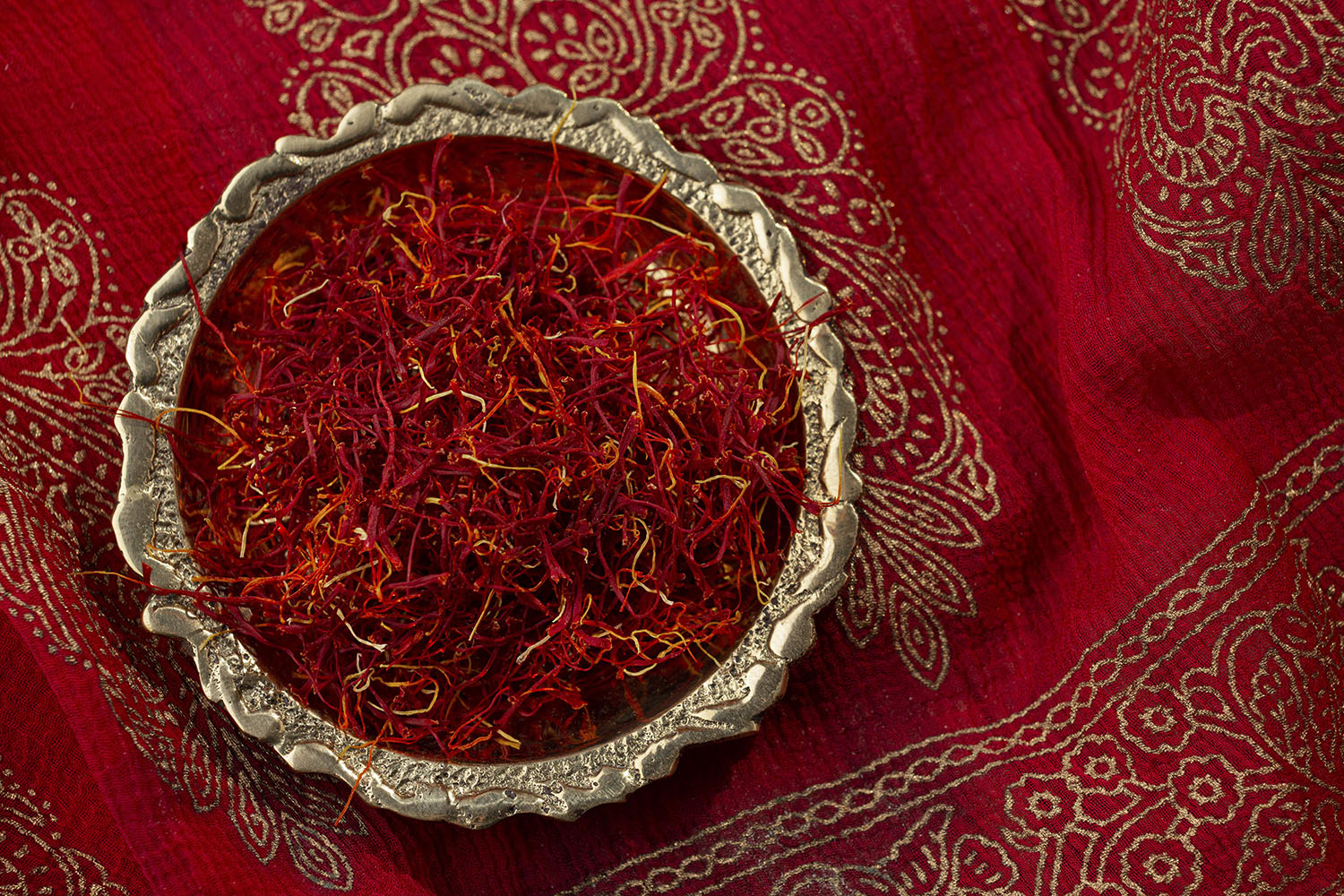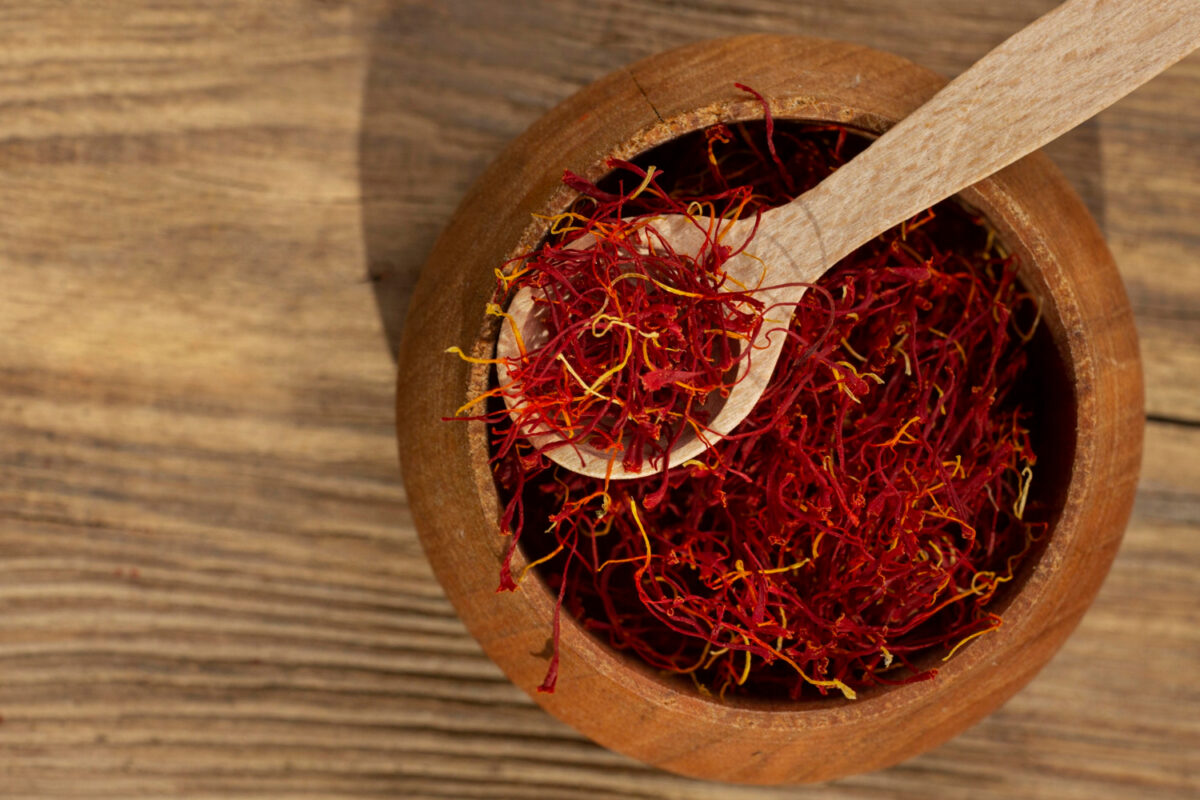The Golden Spice: Exploring the Cultural Significance of Saffron

Introduction
Saffron, the vivid crimson threads derived from the Crocus sativus flower, is more than just a spice—it's a symbol of luxury, spirituality, and cultural identity. Revered for over 3,000 years, saffron's journey from ancient civilizations to modern kitchens is a testament to its enduring allure. Its use spans continents, cultures, and centuries, making it not only a prized seasoning but a cultural icon.
Origins and Early Cultivation
The domestication of saffron likely began in the region encompassing present-day Iran and parts of the Mediterranean. Derived from the wild Crocus cartwrightianus, saffron's cultivation required meticulous selection for its deep color and potent aroma. The labor-intensive harvesting process, requiring around 75,000 flowers to produce a single pound of saffron, contributed to its high value and mystique.
Archaeological records indicate that saffron was used in ancient Assyria and Babylon. The spice spread via early trade networks, carried by merchants who recognized its culinary, medicinal, and spiritual potential.
Minoan Crete
One of the earliest depictions of saffron harvesting is found in the frescoes of the Minoan civilization on the island of Crete, dating back to the 16th century BCE. These artworks illustrate saffron's role in rituals and possibly medicinal practices, reflecting its esteemed status in ancient society.
Ancient Egypt
In Egypt, saffron was prized for its aromatic properties and used in perfumes, ointments, and textile dyes. Its association with the divine and the elite made it essential in both daily life and religious ceremonies.
Persia
Persian culture embraced saffron for culinary, medicinal, and ceremonial uses. It featured prominently in royal courts where it flavored dishes, dyed fabrics, and played a role in rituals symbolizing joy and prosperity.
Greece and Rome
Greek physicians like Hippocrates used saffron to treat ailments ranging from stomach issues to insomnia. The Romans valued it for both medicinal and cosmetic purposes—Nero famously had saffron sprinkled in the streets to celebrate his arrival.
Hinduism and Buddhism
In Hinduism, saffron symbolizes purity, sacrifice, and spiritual enlightenment. It is used in religious ceremonies and is the color of robes worn by ascetics. In Buddhism, saffron robes signify renunciation and the quest for enlightenment.
Christianity and Judaism
Saffron appears in the Bible, notably in the Song of Solomon, as one of the precious spices. Its presence underscores its value and the sensory richness tied to sacred rituals.
Islam
While saffron is not explicitly required in Islamic practice, it is widely used in Muslim-majority cultures, especially during festive seasons such as Ramadan and Eid. Saffron-enhanced dishes are a hallmark of celebration and hospitality.
Saffron in Trade and Economy
During the medieval era, saffron was one of the most valuable commodities in Europe and the Middle East. Its value rivaled that of gold, prompting the creation of specialized trade routes. Cities like Venice and Alexandria prospered as saffron trade hubs.
In 14th-century Europe, saffron's value led to conflicts like the "Saffron War" in Basel. It was a key component in medieval medicine, used to treat the plague, depression, and other conditions.
By the Renaissance, saffron reached England and Germany. In England, the town of Saffron Walden was named for its association with the spice, reflecting its cultural and economic impact.
Culinary Uses Across Cultures
Saffron’s unique flavor and color have made it a staple in global cuisines:
India: Used in biryani, pulao, kheer, and Ayurvedic tonics.
Spain: Key ingredient in paella and soups; La Mancha is renowned for its saffron.
Iran: Central to Persian rice dishes like tahchin and desserts like saffron ice cream.
Italy: Essential in risotto alla Milanese and certain liqueurs.
Morocco: Blended into ras el hanout and tagines.
France: Used in bouillabaisse, enriching its flavor and aroma.
Medicinal Properties and Modern Science
Traditional medicine systems—Ayurveda, Unani, and Chinese medicine—have long used saffron to treat menstrual disorders, mood swings, digestive issues, and respiratory ailments.
Modern science supports many of these uses. Saffron contains compounds like crocin and safranal with antioxidant, anti-inflammatory, and neuroprotective properties. Clinical studies suggest saffron may help improve mood, boost cognitive function, and relieve PMS symptoms.
More insights can be found in the National Institutes of Health database, which documents saffron’s growing relevance in pharmacology.
Modern Cultivation and Production
Today, Iran leads global saffron production, contributing about 90% of the supply. Other key producers include India (especially Kashmir), Spain, Afghanistan, and Greece. Despite technological advances, saffron harvesting is still done by hand, preserving its premium status.
Saffron cultivation is vital for many rural economies. New practices in organic certification and quality control are helping producers in regions like Kashmir and Afghanistan compete in international markets.
Conclusion
Saffron is more than a spice—it's a cultural and historical emblem. Its journey through time touches religion, trade, cuisine, and medicine. From sacred rituals to Michelin-starred menus, saffron continues to symbolize excellence, depth, and tradition.
As modern consumers seek authenticity and holistic wellness, saffron's value continues to grow. This golden thread, woven through human history, remains unbroken.

